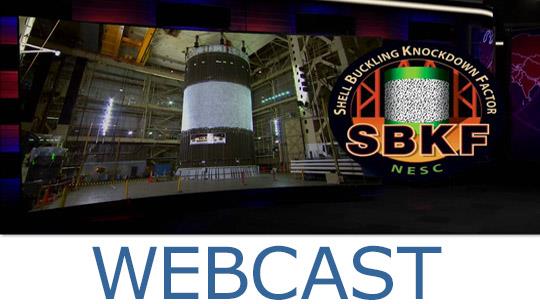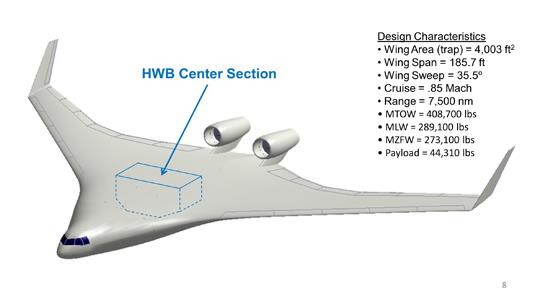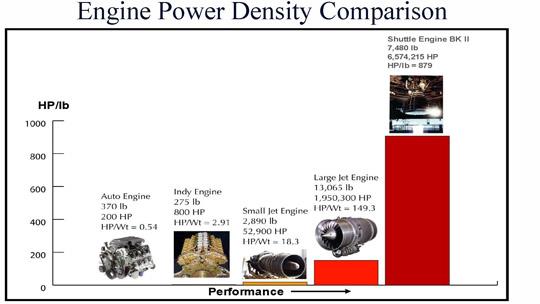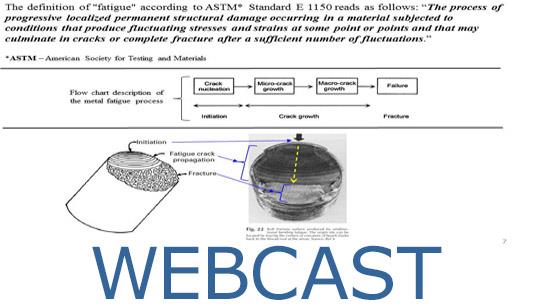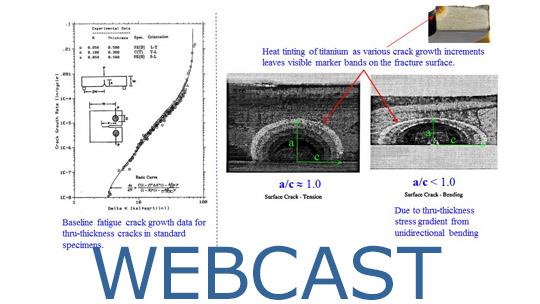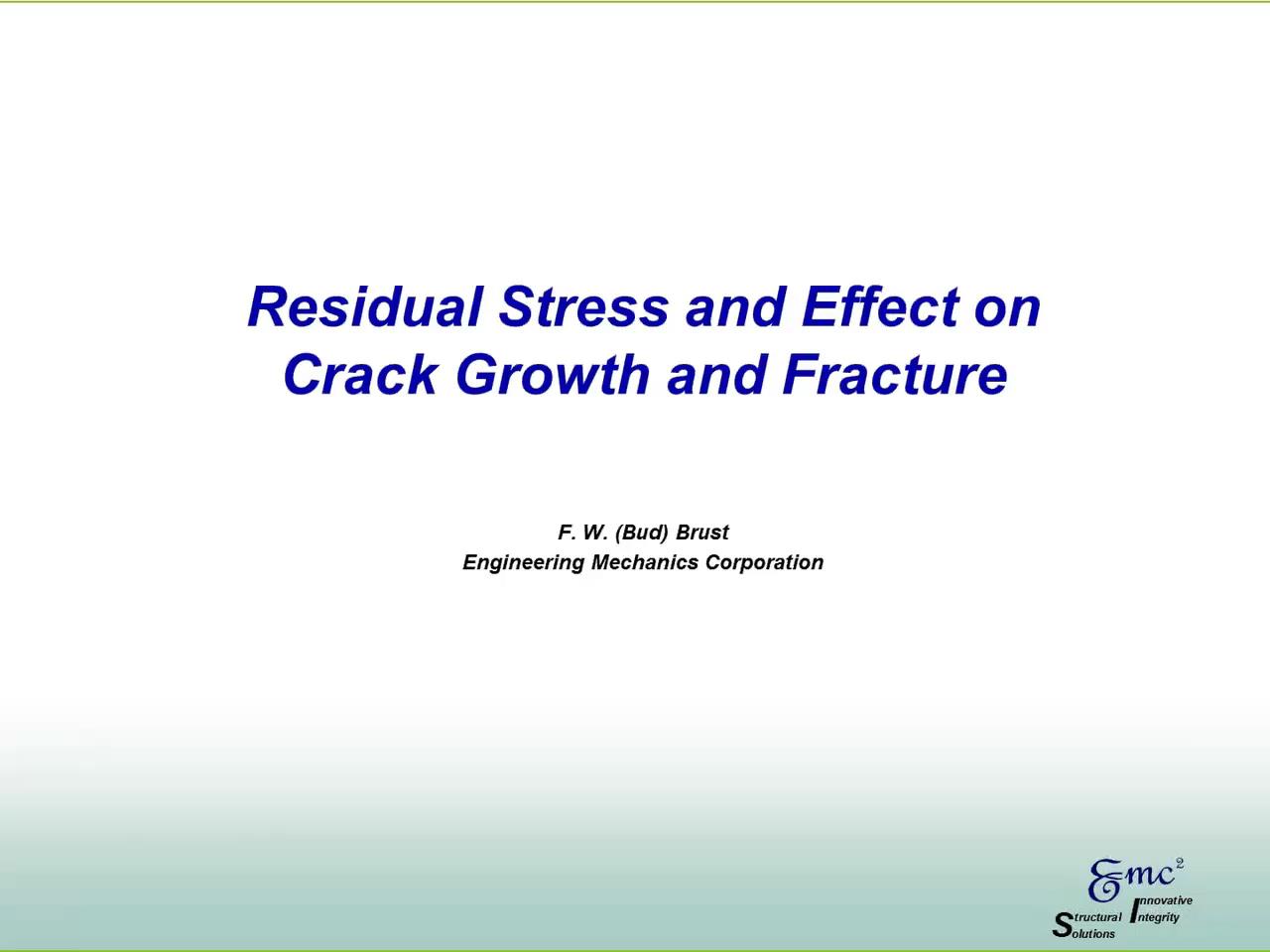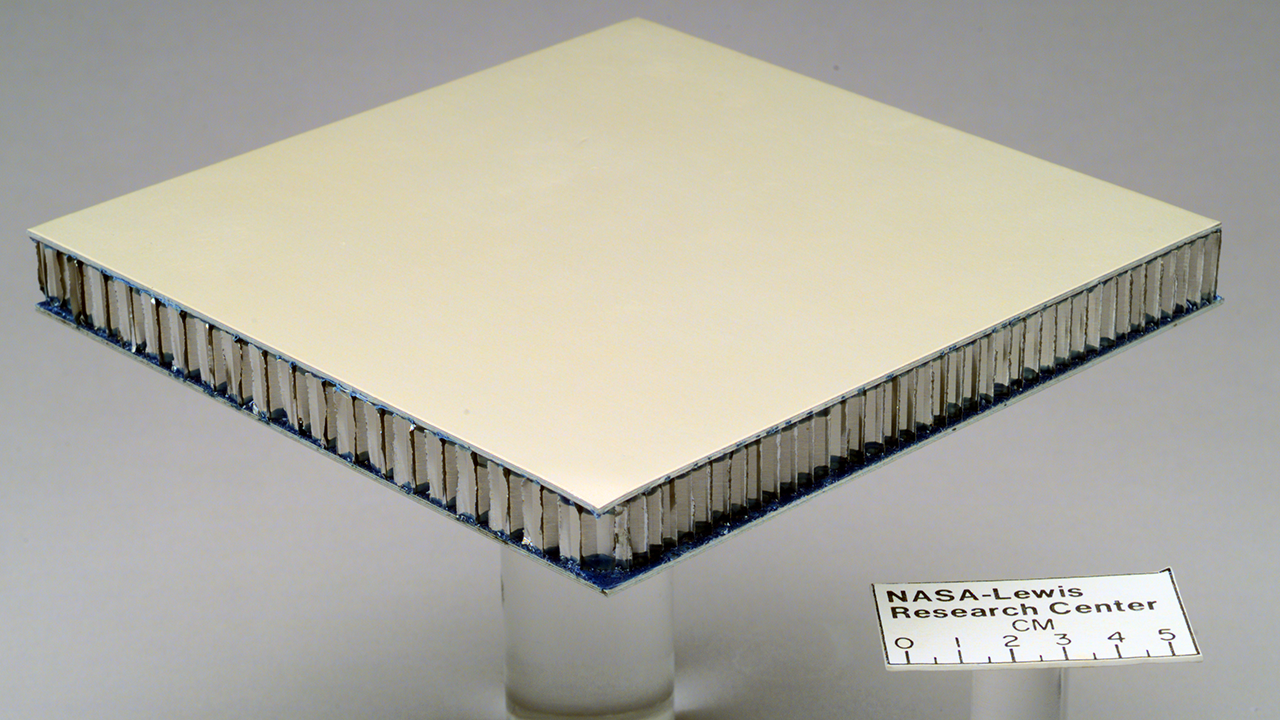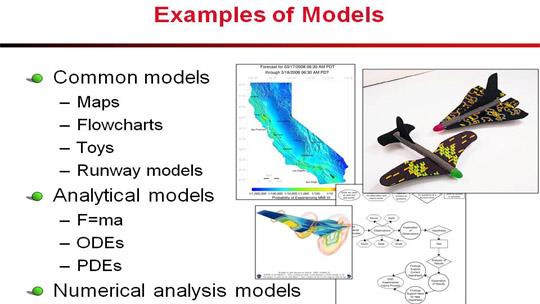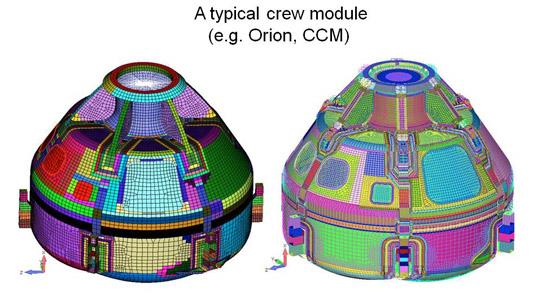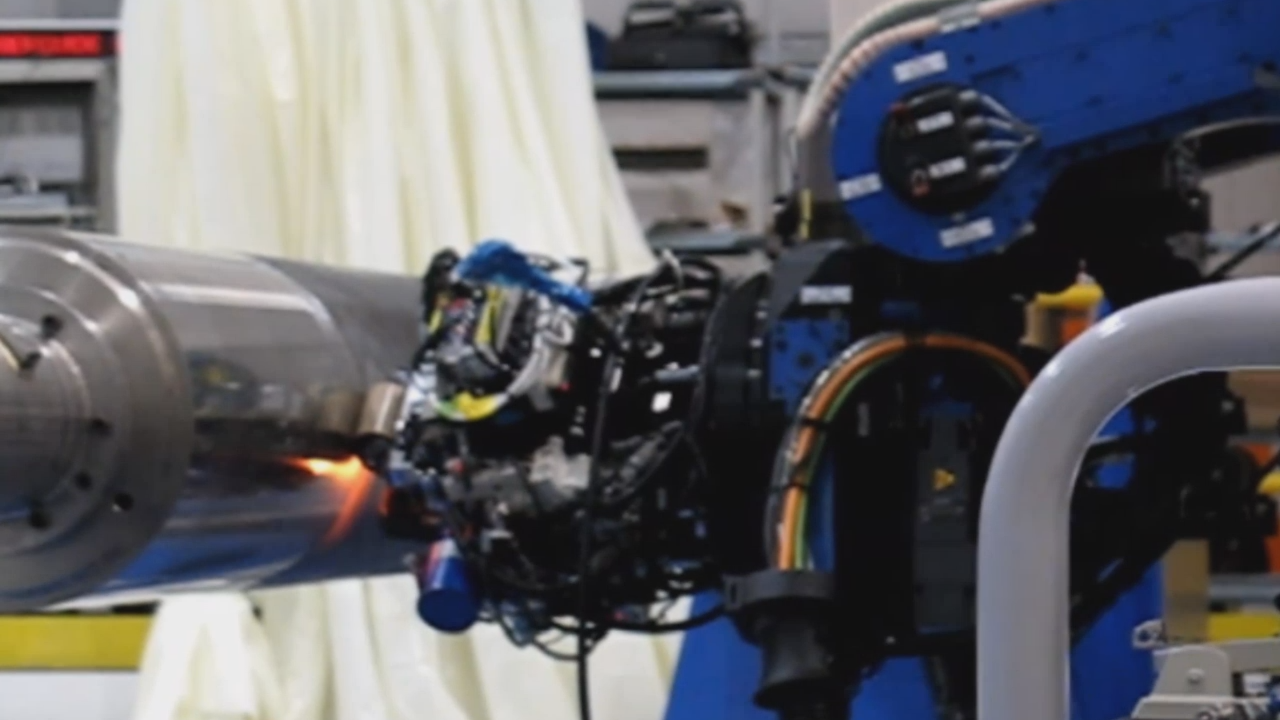Structures
11
This catalog contains training modules developed by the NESC Structures Technical Discipline Team (TDT). Aerospace structures are lightweight, they house all flight systems and payloads, and they must withstand all mission loads and environments. The structures discipline strives to meet often contradictory mission requirements by performing trade and sensitivity studies using various sub-disciplines - structural mechanics, structural design and sizing, structural testing, computational mechanics, damage and failure prediction, and interdisciplinary analyses. The modules in this catalog capture lessons learned, perspectives, advice, and experiences of the various members of the structures TDT.
Upcoming Webcasts
TBD
Checking for webcasts...
Sort
